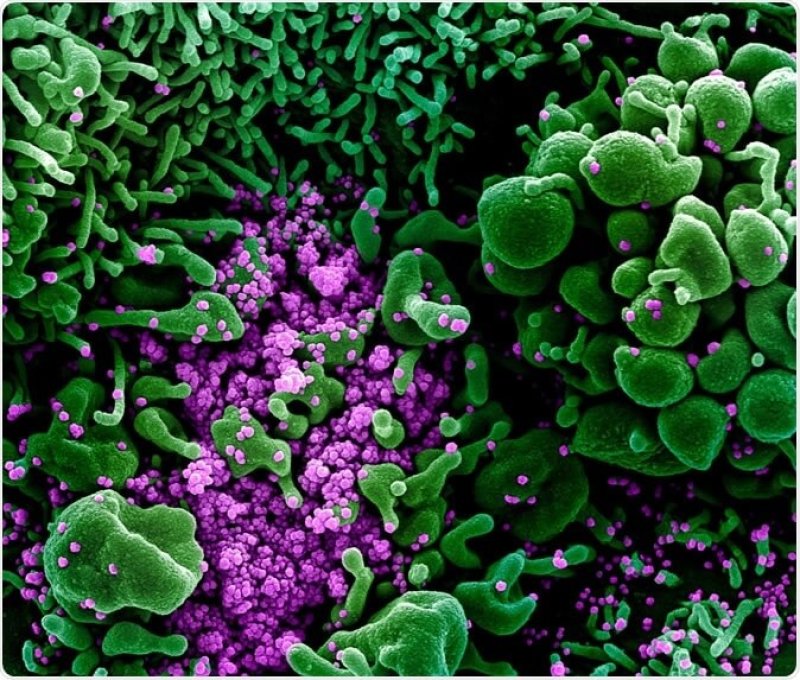In January, scientists deciphered a piece of very bad news: the genome of SARS-CoV-2, the virus that causes Covid-19. The sample came from a 41-year-old man who worked at the seafood market in Wuhan where the first cluster of cases appeared.
…
The full coronavirus genome and the proteins it encodes are shown below.
A Chain of Proteins · ORF1ab
The first viral protein created inside the infected cell is actually a chain of 16 proteins joined together. Two of these proteins act like scissors, snipping the links between the different proteins and freeing them to do their jobs.
…
Spike Protein · S
The spike protein is one of four structural proteins — S, E, M and N — that form the outer layer of the coronavirus and protect the RNA inside. Structural proteins also help assemble and release new copies of the virus.
The S proteins form prominent spikes on the surface of the virus by arranging themselves in groups of three. These crownlike spikes give coronaviruses their name.
…
End of the Line
The coronavirus genome ends with a snippet of RNA that stops the cell’s protein-making machinery. It then trails away as a repeating sequence of aaaaaaaaaaaaa.































